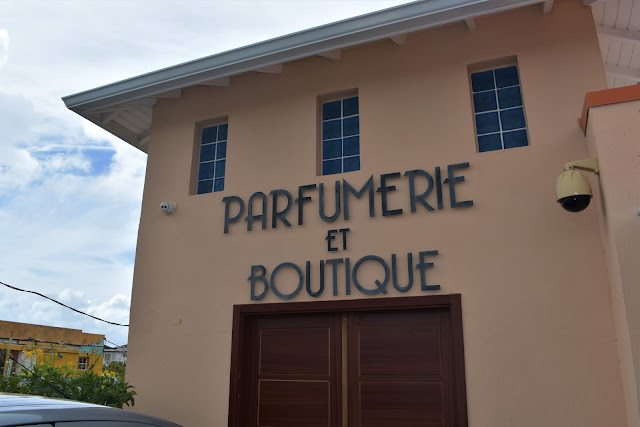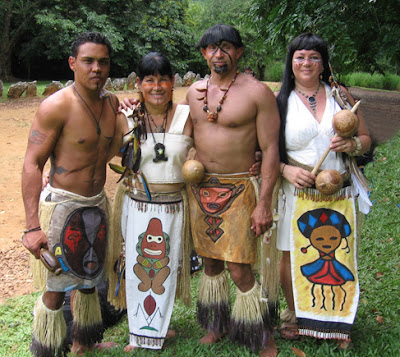Hangin' With Jorge


Brazil is a country that brims with culture. Everything from the food (spicy and heavy), the lifestyles,(laid-back) the music (high- spirited) and fashion (full of sexy flair), reflects a uniquely Brazilian perspective. As a writer, one of the rituals I have before traveling to a new country is to read some of its classic literature. Well, me and Portuguese don't get along so I didn't get a chance to find any good Brazilian books before I left. But when I arrived in Salvador, I discovered that Brazil loves the writer Jorge Amado like they love soccer. And that's a whole lot of love.
Whenever I asked about Brazilian culture and customs, my guides kept telling me to read Jorge Amado. So I was excited to visit the Jorge Amado Foundation in Pelourinho. It's a museum dedicated to his 32 novels, memoirs and guidebooks. Jorge's books have been translated into 49 languages in 55 countries and all those translated books adorn the walls of the museum. His stories have also been made into plays, films and Brazilian soap operas. Judging from countless recommendations, Gabriela, Clove and Cinnamon is probably the most popular. The exchange rate for American dollars in Brazil is about as thrilling as Paris Hilton's thought process so I declined to buy a $32 translation at the museum.
Instead, I immediately bought a copy online when I got home. I have been hangin' out with Jorge (george jay) ever since. His sensual , vivid, writing reminds me a lot of my favorite, Gabriel Garcia Marquez, though not quite as lyrical. The story takes place on the cacao plantations and growing towns of 50s era Bahia. The characters are lively and funny, especially the fly and sly Tonico Bastos. He manages to sleep with every woman in town right under the nose of the plus-sized wife that he's terrified of insulting. Gabriela is a free-spirited Bahian beauty who winds up stifled by marriage. She breaks free in the end; the feminist undertones are intriguing considering the era and Brazilian machismo. Various aspects of Bahian culture--local dishes, samba, candomble, capoeira, all play significant roles in this entertaining tale. I can see why Jorge's stories translate so easily to TV and film. He writes with a cinematographer's eye for detail and drama. I now feel like a have a much better grasp on Brazilian culture, thanks to Jorge. My next stop with Jorge is Dona Flor and Her Two Husbands.




Comments
http://www.fundacaojorgeamado.com.br/ing/jorge_biografia.htm